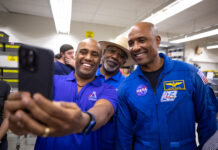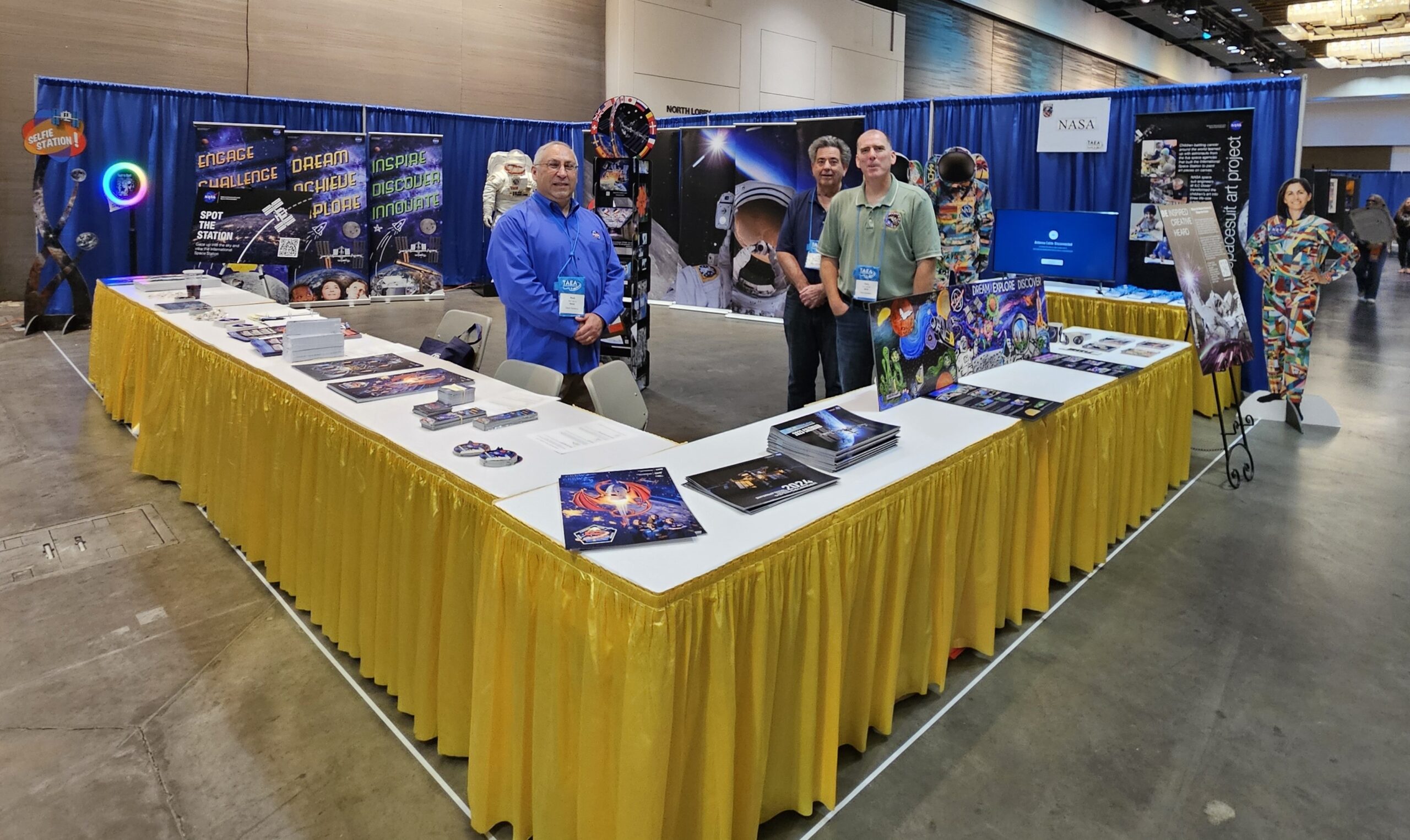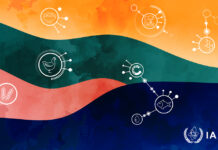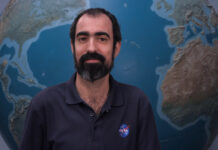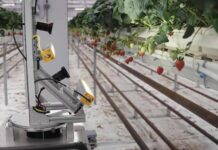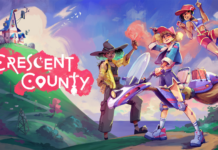The Texas Art Education Association recently held its annual conference from November 14th to 16th at the Moody Gardens Hotel and Convention Center in Galveston, Texas. This notable event attracted nearly 3,000 participants, including educators, administrators, and artists from various backgrounds. The conference’s theme, “Cosmic Connections: SPACE, the Last Frontier and the Element of Art,” highlighted the fascinating intersection of creativity and space exploration. This year was particularly special as NASA’s Johnson Space Center joined the event for the first time, aiming to inspire art educators of the Artemis Generation.
The theme emphasized the exciting relationship between art and the vastness of space. By involving NASA, the conference aimed to explore how artistic expression can capture the awe and wonder of the cosmos. Participants had the opportunity to engage with NASA representatives, explore educational resources, and learn innovative methods to integrate arts with science and space exploration in their teaching.
Gary Johnson, the technical manager of NASA’s International Space Station Mission Integration and Operations Office, expressed the importance of this collaboration, stating that astronauts have brought various forms of art, such as painting, music, and photography, into space aboard the space shuttle and the International Space Station. According to him, NASA’s mission is to inspire the next generation of artists and explorers to portray the beauty of space through any medium they choose. Raul Tijerina, the lead for building graphics in the International Space Station Program, added that the partnership celebrates the diverse talents needed to explore the universe, including those who bring ideas to life through art.
Attendees were treated to a variety of unique experiences, like interacting with NASA’s inflatable mascot, Cosmo, capturing selfies at NASA’s booth, and admiring artwork that reflects the history and future of space exploration. One of the notable features of the conference was the involvement of the nonprofit organization SciArt Exchange. They provided educators with information about their space-themed art competitions designed to ignite curiosity among participants of all ages. These competitions include the Project Mars Competition, where adults compete to have their artwork showcased at Johnson Space Center, and the Moon Youth Art Competition, which highlights lunar-themed creations from students worldwide.
In addition to exploring intriguing infographics, conference-goers had the chance to download NASA’s Spot the Station app, which allows users to track the orbiting laboratory in real-time. This tool provides a fascinating way to engage with the space station’s movements and operations.
The conference also featured an inspiring presentation by Gordon Andrews, a strategic communications specialist for the International Space Station Program, and NASA astronaut Michael Foreman. They introduced the Spacesuit Art Project to attendees, sharing the documentary “Space for Art.” This film chronicles the project’s mission to foster hope, courage, and healing through art. Andrews and Foreman discussed their experiences working alongside retired NASA astronaut Nicole Stott, the first person to watercolor in space, and the Space for Art Foundation. Foreman shared captivating stories from his time in space and posed for photos with guests. Andrews also presented to the Visual Art Administrators of Texas, a group of over 200 education leaders from the state.
The Spacesuit Art Project is a touching initiative that brings hope to children undergoing pediatric cancer treatment by allowing them to create vibrant spacesuit artwork. Each spacesuit—named Hope, Courage, Unity, Victory, Dreamer, Exploration, Beyond, and Infinity—symbolizes the resilience and creativity of its young creators. Four of these suits have even traveled to and from the International Space Station, inspiring children to dream big as they see their artwork in orbit. This project highlights the powerful connection between space exploration and the human spirit, promoting art therapy worldwide and raising awareness about pediatric cancer.
Another exciting aspect of the conference was the participation of Texas’ first Space Force Junior Reserve Officers’ Training Corps cadets. This program, the only one of its kind in Texas and one of just ten in the nation, added a unique element to the event. As a NASA rendition of the National Anthem played in the background, the cadets from Klein High School inspired attendees to aim high and dream big.
The conference also showcased three murals that will become part of the art collection in building 4 south at Johnson Space Center. The art installation project began in 2022 when Johnson and Tijerina collaborated with Texas high school art programs to create space-themed murals for display at the center. With guidance from their teachers, students brainstormed ideas and painted murals, later visiting Johnson to install their creations and experience a guided tour of NASA’s facilities.
Students’ shared passion for artistic expression and space exploration brought color and creativity to the walls at Johnson Space Center. This initiative is part of a long-term effort to engage students both locally and globally, igniting imagination and enhancing the visual environment for Johnson employees.
One of the latest installations in building 4 south is titled “Absolute Equality: Breaking Boundaries,” by artist Reginald C. Adams. This piece envisions a shared future for humanity, symbolizing unity and the possibilities of interplanetary exploration. Adams, a keynote speaker at the conference, was inspired to contribute to the mural project after learning about it.
Adams’ artwork features two figures enclosed within a shared helmet, representing a collective vision for the future of space exploration. The surrounding patterns highlight the role of technology in bridging cultural and societal divides.
Another collaborative piece, created by La Marque High School art students, art teacher Joan Finn, and artist Cheryl Evans, depicted the interconnected roles of visionaries, engineers, artists, and astronauts in space exploration. Like the International Space Station, which was assembled over more than 40 missions, the mural was constructed using ten separate canvases bolted together. The International Space Station patch at the bottom of the mural emphasizes the collaboration of 17 countries involved in the project.
Additionally, a student-created artwork titled “The Moon Now” depicted two astronauts on the lunar surface wearing Axiom spacesuits. The helmet visors, designed as mirrors, symbolize the next generation envisioning themselves contributing to the next giant leap in space exploration. Students created individual pieces depicting the Milky Way and other astronomical objects, which were collaged onto the surface of the artwork.
Through partnerships like these, NASA continues to embrace the STEAM approach—science, technology, engineering, art, and math—empowering the Artemis Generation to dare, unite, and explore. This collaboration between art and space exploration offers an inspiring way to engage and educate the next generation of dreamers and doers, encouraging them to reach for the stars.
For more Information, Refer to this article.



















